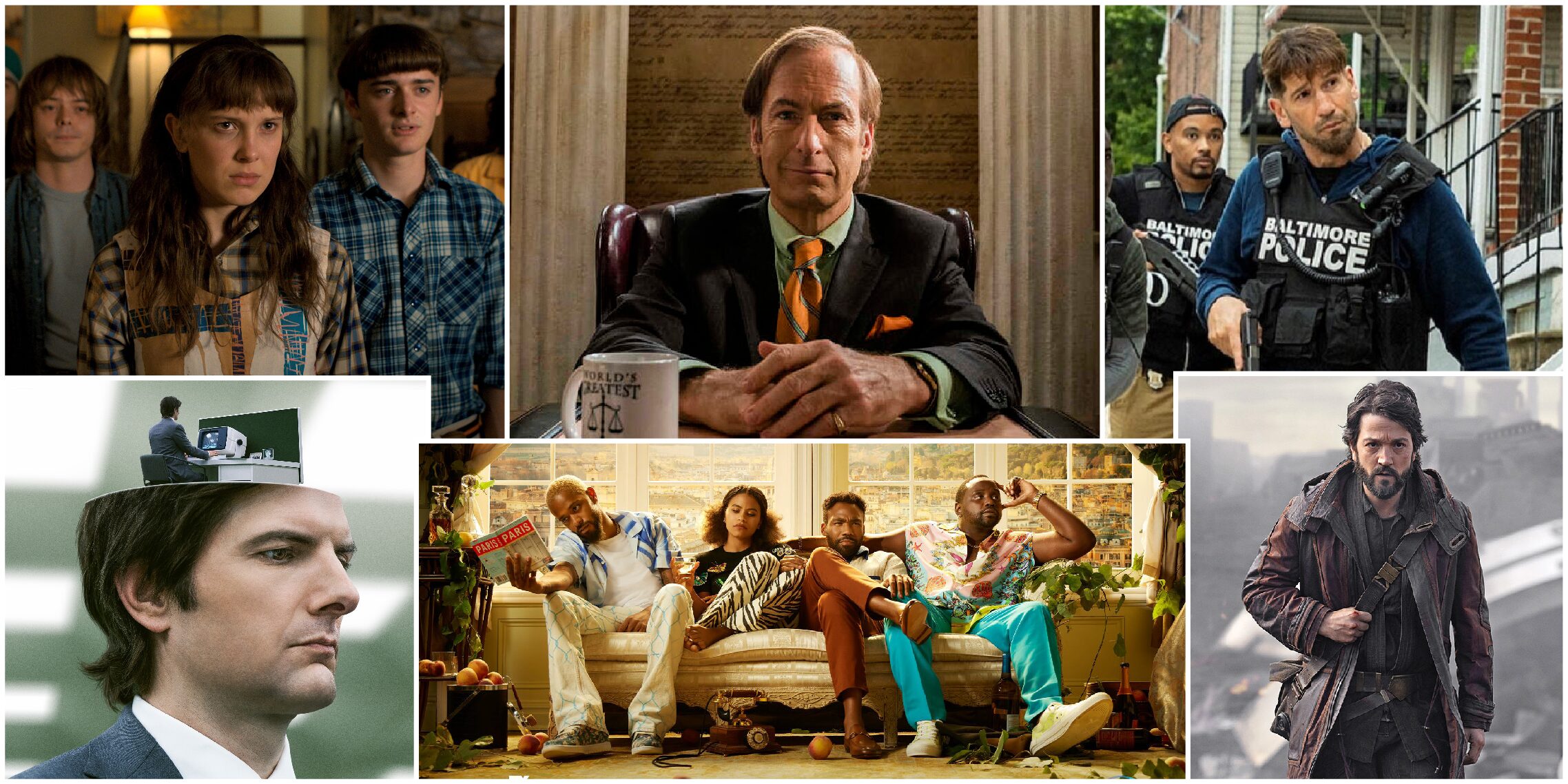There’s some debate on if director Steven Spielberg has lost his edge over the last 15 years. As a “late period Spielberg” apologist (Lincoln, Bridge of Spies, and The Post are genuinely good—in that order), I was also skeptical when news broke that Spielberg was readaptating West Side Story. It felt wholly unnecessary, largely uninteresting, and surely a sign that Spielberg would continue his directorial decline. He proved us fantastically wrong! Spielberg’s West Side Story is sensational, as much a love letter to the 1961 film adaptation as it is to the filmgoing experience in general.
Based on the 1957 Broadway musical with songs by Leonard Bernstein and the late Stephen Sondheim—and later adapted into the 1961 Oscar-collecting film—West Side Story is a modern retelling of Shakespeare’s Romeo & Juliet set in 1950s Manhattan. Spielberg and screenwriter Tony Kushner pay loving homage to the source material while making needed updates, including a richly diverse and ethnically-accurate cast (Natalie Wood isn’t passing for Puerto Rican). There’s a slight reshuffling of the order of events and songs, but it’s a surprisingly faithful retelling, completely unafraid or embarassed of its musical roots. West Side Story is the type of earnest, full-blown musical that leaves it vulnerable to parody or snickering, but Spielberg confidently maintains tonal eye contact with the audience, and we are swept up into this fantastical tale.
t’s also simply fun to watch. It’s a visual feast that compels you to sink into your seat in awe of the screen. No observation could be more obvious, but Spielberg photographs the hell out of this movie. There is arguably no director more skilled at knowing where to place a camera. Collaborating again with longtime Spielberg cinematographer, Janusz Kamiński, the visuals are breathtaking and inventive, with each scene or sequence throughout it’s considerable run time displaying majestic crane work, angling, and framing. Most importantly, Spielberg knows how to shoot the musical numbers, a crucial make-or-break for big screen musical adaptations. The shots are never flat or inconsistent with the music, expertly matching the rhythm and energy of the songs and choreography, resulting in a satisfying marriage of audio and visual.
There’s also a great choice to not feature any subtitles when characters speak in Spanish. If you don’t speak Spanish, it’s initially jarring, but it ultimately lets the film feel more immersive and true. It also allows the audience to focus on the subtle performances and body language of the Spanish-speaking cast, as well as the expert visual storytelling employed by Spielberg.
There are a few weak links in the production. Storywise, it helps to understand that it’s lifted from Romeo & Juliet, otherwise the whirlwind romance and certain character motivations or actions will seem distractingly absurd; they work much better within the somewhat-heightened reality of a Shakespearian tragedy. The cast is lively, talented, and supremely watchable—notably Rachel Zegler’s Maria, Ariana DeBose’s Anita, and Mike Faist’s Riff—but I have issues with Ansel Elgort (Baby Driver, The Fault in Our Stars) as Tony. He thankfully has the singing and dancing chops, but displays a strange lack of dramatic range that undercuts some of the emotion and intensity as the tragic elements culminate in the third act. (Although I’ve heard interesting arguments that it’s less Elgort’s fault and more an issue inherent in Tony’s character.)
This is a film to be openly embraced on the largest screen available to you. It is a tribute to classic Hollywood that feels relevant and modern, expertly delivered from one of the most influential American directors ever to live. It’s just lovely to watch, never failing to supply that timeless sense of movie magic that so many films yearn to capture.
West Side Story is currently playing in theaters. It runs 156 minutes and is rated PG-13 for some strong violence, strong language, thematic content, suggestive material and brief smoking.











